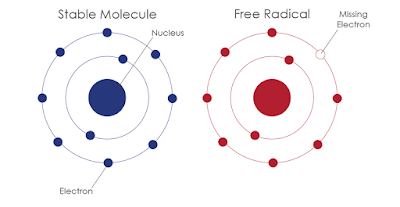How To Keep Your Fridge, Freezer, and Pantry Full of Healthy Foods

45,000 That’s the average number of products a typical U.S. grocery store or supermarket has lined up on its shelves. This translates into an abundance of choices you must make every time you browse the aisles on your weekly shopping trip. During these tough times, you may consider delaying your shopping trips by stocking up for 2 or 3 weeks at a time in order to make less visits to the grocery store. While this may be the preferred choice for many, it’s important to consider how this might affect your health. Now more than ever, it is important to boost your immune system by providing your body with nutritious foods. With such a vast number of choices in every section of the grocery store, where do you even start? Next time you make a trip to the grocery store, try adding these products to your shopping cart in order to keep nutritious meals and snacks in your freezer and pantry: Produce As tempting as it may be, don’t skip this section! While this section ma
